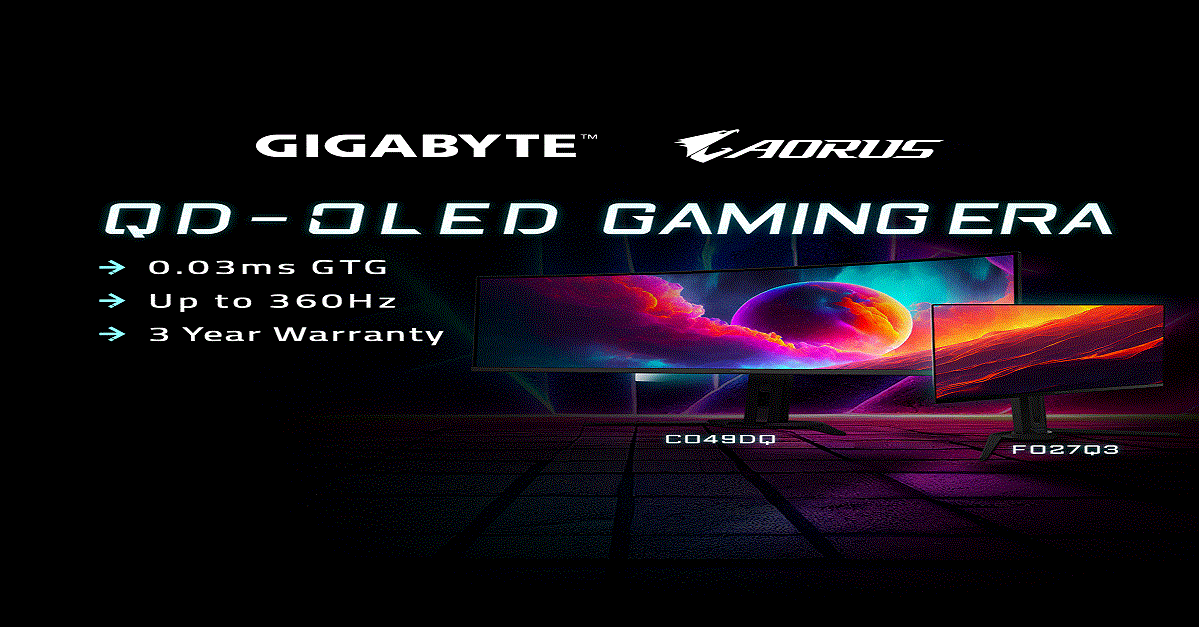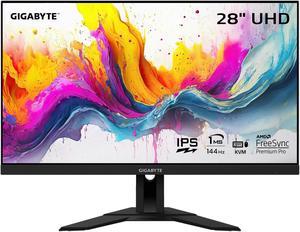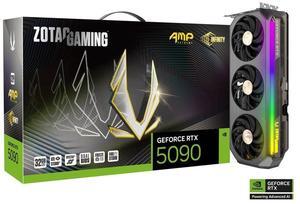- Remove Combo
Deal Options
- In Stock
- Sold by Newegg
- AI Ready
- New
- Make an Offer

Shop GIGA-BYTE TECHNOLOGY
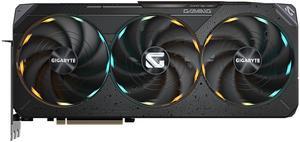
- Model #: GV-N5090GAMING OC-32GD
- $2,919.99 –
- More options from $2,887.00 - $4,655.90
- Free Shipping
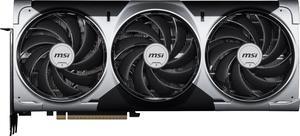
Get free MSI Gaming Keyboard w/ purchase, while supplies last
- Model #: RTX 5090 32G VENTUS 3X OC
- $3,019.99
- $2,999.99 –
- More options from $2,999.99 - $4,499.00
- Free Shipping

- Model #: RTX 5090 32G GAMING TRIO OC
- $3,099.99
- $3,049.99 –
- More options from $3,049.99 - $4,799.00
- Free Shipping
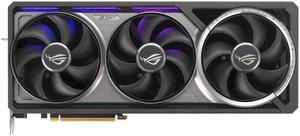
OUT OF STOCK
- Model #: ROG-ASTRAL-RTX5090-O32G-GAMING
- $3,359.99 –
- More options from $3,359.99 - $5,029.00
- $12.99 Shipping
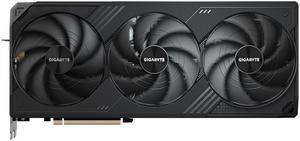
OUT OF STOCK
- Model #: GV-N5090WF3OC-32GD
- $2,639.99 –
- More options from $2,639.99 - $4,899.00
- $12.99 Shipping

OUT OF STOCK
- Model #: GV-N5090AORUS M-32GD
- $2,999.99 –
- More options from $2,999.99 - $4,499.00
- $12.99 Shipping
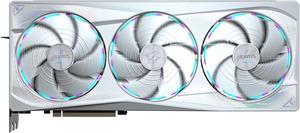
OUT OF STOCK
- Model #: GV-N5090AORUSM ICE-32GD
- $2,999.99 –
- More options from $2,999.99 - $5,399.00
- $12.99 Shipping
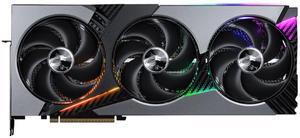
- Model #: RTX 5090 32G VANGUARD SOC
- $3,079.99
- $3,049.99 –
- More options from $3,049.99 - $4,599.00
- Free Shipping

- Model #: EA285K50903
- $5,399.99
- $4,999.99 –
- Save: $400.00 (7%)
- Free Shipping
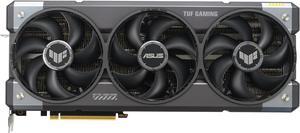
OUT OF STOCK
- Model #: TUF-RTX5090-32G-GAMING
- $2,759.99 –
- More options from $2,759.99 - $5,748.00
- $9.99 Shipping

OUT OF STOCK
- Model #: RTX 5090 32G SUPRIM SOC
- $3,199.99 –
- More options from $3,199.99 - $4,658.98
- $12.99 Shipping
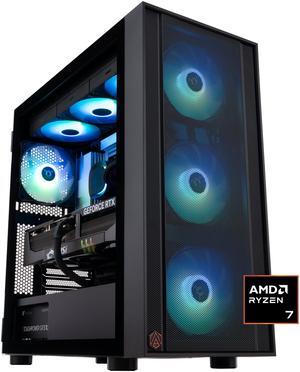
- Model #: ER9800X3D50904
- $5,599.99
- $4,999.99 –
- Save: $600.00 (10%)
- Free Shipping

OUT OF STOCK
- Model #: TUF-RTX5090-O32G-GAMING
- $2,999.99 –
- More options from $2,999.99 - $4,479.00
- $12.99 Shipping
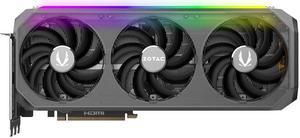
- Model #: ZT-B50900B-10P
- $3,299.99 –
- More options from $3,299.99 - $4,592.99
- $12.99 Shipping
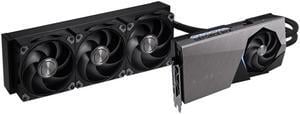
OUT OF STOCK
- Model #: RTX 5090 32G SUPRIM LIQUID SOC
- $3,229.99 –
- More options from $3,229.99 - $4,859.00
- $12.99 Shipping
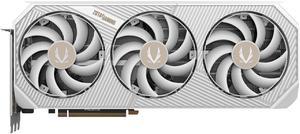
- Model #: ZT-B50900Q-10P
- $3,629.00 –
- More options from $3,099.99 - $4,599.99
- Special Shipping
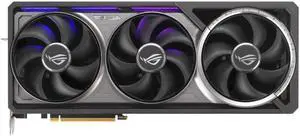
- Model #: ROG-ASTRAL-RTX5090-O32G-GAMING OC
- $4,949.99
- $4,599.99 –
- Save: $350.00 (7%)
- More options from $4,597.99 - $5,599.00
- Free Shipping

- Model #: ZT-B50900Q-10P
- $3,069.99 –
- Free Shipping

- Model #: ROG-ASTRAL-RTX5090-32G-GAMING
- $4,999.00
- $4,799.00 –
- More options from $4,798.99 - $99,999.99
- Free Shipping

OUT OF STOCK
- Model #: GV-N5090AORUSX W-32GD
- $3,149.99 –
- More options from $3,149.99 - $4,729.00
- $12.99 Shipping

- Model #: GV-N5090AORUSM ICE-32GD
- $2,969.99 –
- Free Shipping

OUT OF STOCK
- Model #: RTX 5090 32G VANGUARD SOC LAUNCH
- $3,199.99 –
- More options from $3,199.99 - $4,800.00
- $12.99 Shipping

- Model #: RTX 5090 32G VENTUS 3X OC
- $2,979.99 –
- Free Shipping
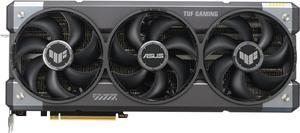
- Model #: TUF-RTX5090-O32G-GAMING OC
- $4,299.00
- $4,199.00 –
- More options from $4,199.00 - $5,699.00
- Free Shipping
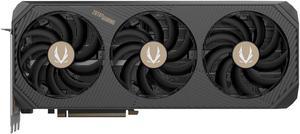
OUT OF STOCK
- Model #: ZT-B50900D-10P
- $3,199.99 –
- More options from $3,199.99 - $4,699.00
- Free Shipping
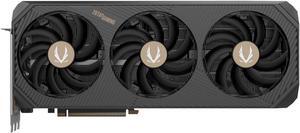
- Model #: ZOTAC GEFORCE RTX 5090 32GB SOLID OC
- $4,388.00 –
- More options from $4,388.00
- Free Shipping
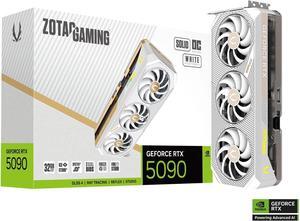
- Model #: 5090 32GB SOLID OC WHITE
- $4,590.00 –
- Free Shipping
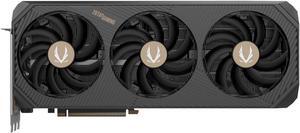
- Model #: ZOTAC GEFORCE RTX 5090 32GB SOLID
- $4,397.00 –
- More options from $4,396.99
- Free Shipping
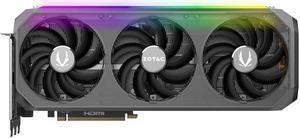
- Model #: 5090 AMP Extreme INFINITY 32GB
- $4,399.99 –
- Free Shipping
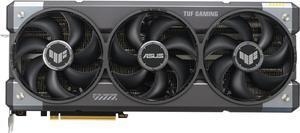
- Model #: TUF-RTX5090-32G-GAMING ASUS
- $4,899.99
- $4,599.99 –
- Save: $300.00 (6%)
- Free Shipping
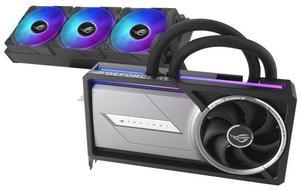
- Model #: ROG-ASTRAL-LC-RTX5090-O32G-GAMING OC
- $6,599.99
- $4,998.99 –
- Save: $1,601.00 (24%)
- More options from $4,998.99
- Free Shipping

- Model #: VCG509032TFXXPB1-O
- $4,799.00 –
- Special Shipping
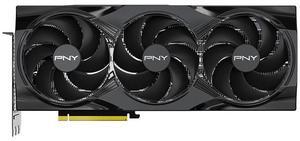
- Model #: VCG509032TFXPB1-O
- $4,999.00 –
- Free Shipping

- Model #: RTX 5090 32G GAMING TRIO OC
- $3,069.99 –
- Free Shipping
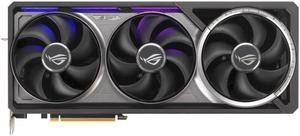
- Model #: ROG-ASTRAL-RTX5090-32G-GAMING ASUS
- $4,599.99 –
- More options from $4,598.99
- Free Shipping

- Model #: ZT-B50900B-10P
- $3,179.99 –
- $11.14 Shipping
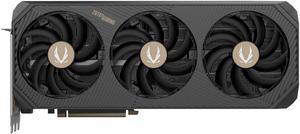
OUT OF STOCK
- Model #: ZT-B50900J-10P
- $2,899.99 –
- More options from $2,899.99 - $4,199.00
- $12.99 Shipping
Related searches
NVIDIA RTX 50 Series GPU Guide: Features and Performance
Graphics cards shape how we game and create content. NVIDIA's RTX 50 Series GPUs bring major upgrades with the new Blackwell architecture. These cards pack more power for gaming and content creation, with better AI features and faster speeds. Let's look at what makes these GPUs special and how they can improve your computing experience.
What Makes the RTX 50 Series Different?
The RTX 50 Series comes with key improvements that boost performance:
-
New Blackwell Architecture
- Fourth-gen RT Cores improve ray tracing with up to 3x performance in the RTX 5090
- Fifth-gen Tensor Cores deliver 4x AI processing speed on RTX 5090
- Better power efficiency with advanced 3nm process node
- Enhanced cache hierarchy specific to RTX 5090 for improved memory access
-
Faster Memory
- GDDR7 memory with up to 32GB on RTX 5090
- Memory bandwidth exceeding 1.5TB/s for the RTX 5090
- Handles 8K video editing with near-zero lag
- Supports complex 3D work with enhanced memory subsystem
-
Smart Frame Generation
- DLSS 4 creates extra frames while you play
- Games run smoother with better graphics
- Less work for your GPU means more performance
-
Better Display Support
- DisplayPort 2.1b UHBR20 connects to newer screens
- Works with high refresh rate displays
- Supports higher resolutions clearly
Real Benefits for Users
These updates mean real improvements for your work and play. Check out our selection of RTX 50 Series Gaming PCs to experience:
- Games look better and run faster
- Video editing happens more quickly
- 3D renders finish in less time
- Multiple monitors work better together
RTX 50 Series vs RTX 40 Series: What's New?
-
Performance Gains
- 30-50% faster gaming performance: RTX 5090 Specifications
- 30% faster than RTX 4090 in native RT performance without DLSS
- Up to 45% faster in 4K gaming with ray tracing enabled
- 35% improvement in content creation workloads
- 4x faster AI processing for neural graphics
- Support for up to 4 8K displays simultaneously
- Advanced thermal solution with vapor chamber design
- Dual AV1 encoders for superior streaming quality
- PCIe Gen 5 support for enhanced bandwidth
-
Memory Improvements
- GDDR7 vs GDDR6X in 40 Series
- RTX 5090: 32GB GDDR7 with 1.5TB/s bandwidth
- Advanced memory compression algorithms
- Improved cache hierarchy for faster data access
- Enhanced memory controller for better efficiency
- Higher memory bandwidth
- More efficient data handling
-
Power and Cooling
- Lower power use for same performance
- RTX 5090: Advanced power delivery system
- Next-gen vapor chamber cooling
- Triple-fan design with 0db fan technology
- Smart power management with AI optimization
- Better thermal management
- Quieter operation under load
-
AI and DLSS
- DLSS 4 vs DLSS 3 on 40 Series
- Better frame generation
- Improved image quality
- More AI features for content creation
FAQs: RTX 50 Series GPUs
-
What makes the Blackwell architecture special?
The Blackwell architecture represents NVIDIA's latest GPU design, featuring:
- Fourth-generation RT Cores for better ray tracing
- Fifth-generation Tensor Cores for AI tasks
- Improved power efficiency
- Better memory management with GDDR7
- Enhanced cache architecture for faster data access
-
What are the main differences between RTX 50 Series and previous generations?
The RTX 50 Series offers significant improvements over previous generations with the new Blackwell architecture, GDDR7 memory, and DLSS 4 technology. You'll see 30-50% faster gaming performance, up to 2x faster AI processing, and better power efficiency. The cards also support DisplayPort 2.1b UHBR20 for higher refresh rates and resolutions.
-
Which RTX 50 Series GPU should I choose for gaming?
Your choice depends on your gaming needs and budget. Visit our RTX 50 Series Gaming PC collection to compare options. For 4K gaming at high refresh rates, consider high-end models. For 1440p gaming, mid-range options offer excellent value. All RTX 50 Series cards support ray tracing and DLSS 4 for better gaming performance.
-
Is DLSS 4 a significant upgrade from DLSS 3?
Yes, DLSS 4 brings notable improvements to NVIDIA's AI-powered upscaling technology. It offers better frame generation, improved image quality, and reduced latency compared to DLSS 3. This means smoother gameplay and better visual quality, especially in demanding games with ray tracing enabled.
-
What do I need to take advantage of RTX 50 Series features?
To fully utilize RTX 50 Series capabilities, you'll want:
- A high-quality power supply (specific wattage depends on the model)
- A DisplayPort 2.1 or HDMI 2.1 gaming monitors for high refresh rates.
- Modern CPU to prevent bottlenecking
- Games that support ray tracing and DLSS for best performance
-
What makes the RTX 5090 the flagship of the 50 Series?
The RTX 5090 represents NVIDIA's most powerful consumer GPU to date:
Technical Specifications:
- 32GB GDDR7 memory
- Over 18,000 CUDA cores
- Advanced 3nm manufacturing process
- PCIe Gen 5 x16 interface
- Maximum power draw: 450W
- Recommended PSU: 850W or higher
-
Are RTX 50 Series GPUs good for content creation?
Yes, RTX 50 Series GPUs excel at content creation tasks. The improved Tensor Cores accelerate AI-powered features in applications like Adobe Creative Suite, while the increased memory bandwidth helps with video editing and 3D rendering. Check out our professional workstation options for content creation builds.
